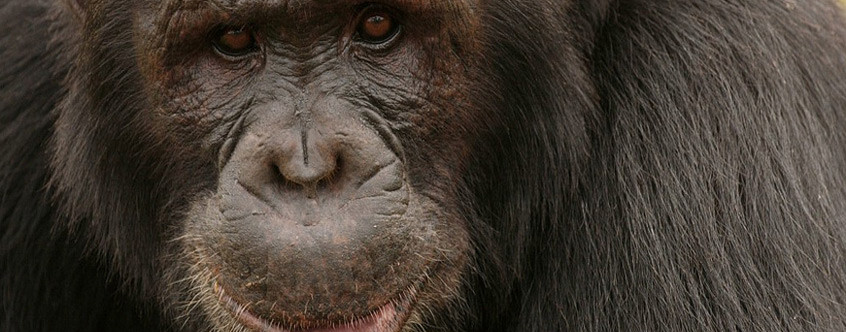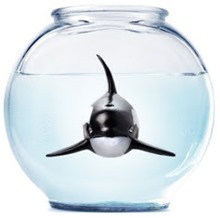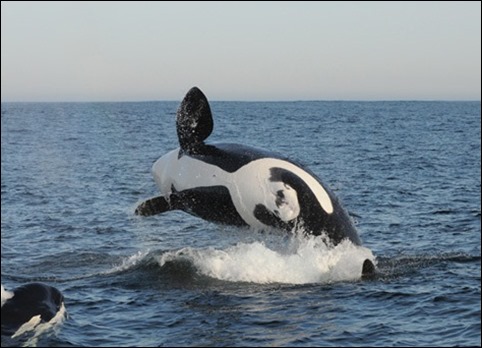I recently attended two major animal protection meetings. First was the Performing Animal Welfare Society (PAWS) Captive Wildlife Conference in Burbank, CA, where prominent scientists, veterinarians and advocates came together to discuss the ongoing effort to end the exploitation of captive and wild animals.
The second was the Animal Grantmakers Annual Conference in Phoenix, AZ, where topics spanned the spectrum from homeless dogs and cats to marine mammal captivity.
At both meetings, I was struck by the stark contrast between the improving situation for homeless dogs and cats and the deteriorating situation for other animals in every other arena I can think of: factory farming, invasive research, entertainment, drive fisheries, poaching, human-nonhuman animal conflict, etc.
Why is there such a disparity in success within the animal protection community? Why have we succeeded in reducing the number of homeless pets being killed in this country each year from 17 million in the early 1990s to 3 million now (still too many, of course) while, in the last 40 years we have managed to wipe out half of the world’s wildlife population and continue to cause terrible suffering to so many other kinds of animals on a global level?
The problem cannot be lack of effort – there are currently about 20,000 animal protection organizations of all stripes globally. Nor can it be lack of resources and support – there are well-funded organizations with memberships that run into the millions. Yet advances are often marginal and setbacks serious.
What is going on?
Reminders of our mortality create a strong psychological need to dominate, exploit and abuse other animals.
This is the question my co-author Michael Mountain and I set out to answer in a paper that will be published in April in the journal Anthrozoos, but is already fast-tracked online here. (You need a subscription to Anthrozoos to access the full text.)
The paper, entitled “Denial of Death and the Relationship between Humans and Other Animals”, explores the psychology of how and why we humans are driven to separate ourselves from our fellow animals and treat them as resources rather than kin.
Our paper draws on the work of cultural anthropologist Ernest Becker, whose Pulitzer Prize-winning 1973 book The Denial of Death explored, as its central thesis, the fact that when we humans are reminded of our own mortality (even unconsciously), we tend to deny our mortal animal nature and any equality with the rest of the animal world. Instead, we are driven to claim superiority and human exceptionalism in an attempt to transcend our mortality.
There is a robust experimental psychology literature on Terror Management Theory (how we deal with the anxiety of mortality awareness) showing that reminders of our own mortality create a strong psychological need to proclaim that “I am not an animal” and thus drive the need to dominate, exploit and abuse other animals.
Michael and I realized that Becker’s work opened a door to understanding why the efforts of the animal protection community are so incommensurate with their results. To a greater extent than most of us have realized, the answers are to be found in deep psychological forces which may have shaped much of our relationship with the other animals.
Michael has written a post entitled “Why the Animal Protection Movement Has Failed”, in which he outlines the main arguments in our paper. You’ll find it on his website at Earth in Transition and it’s also cross-posted here on The Kimmela Center website.





